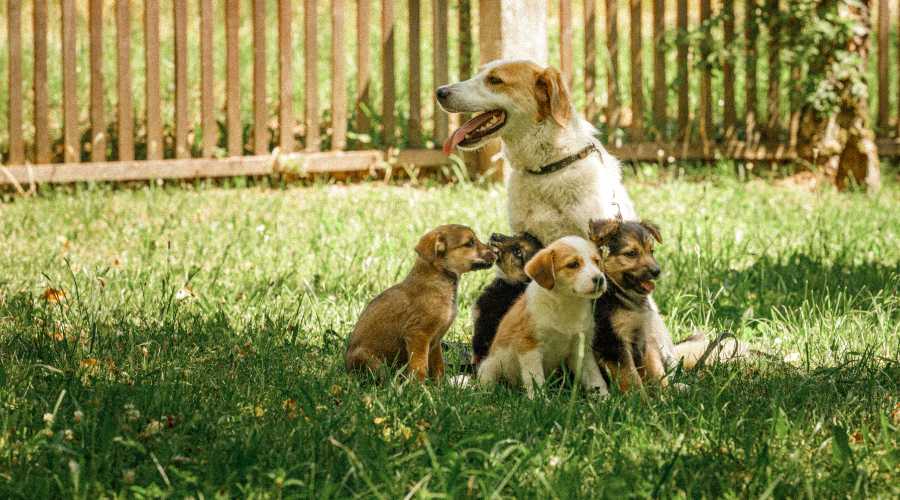Pet ownership has seen significant growth leading to an increased demand for pet care services.
As a result, doggy daycares have become an essential resource for busy pet owners who seek a safe and nurturing environment for their beloved furry friends.
Starting a doggy daycare can be a rewarding venture for both you and your canine clients, offering an opportunity to turn your passion for pets into a thriving business.
This comprehensive guide will walk you through the essential steps to launch your very own doggy daycare.
Market Research and Business Planning
A successful doggy daycare begins with thorough market research and a well-crafted business plan.
First, analyze your local market to determine the demand for pet care services and identify the existing competition.
Look for gaps in the current offerings, and consider how your daycare can address unmet needs.
Next, identify your target market. Consider factors such as pet owners’ demographics, location, and disposable income.
Develop a unique selling proposition (USP) that sets your doggy daycare apart from the competition, whether it’s specialized services, extended hours, or personalized care.
Finally, create a detailed business plan that covers your market research, USP, financial projections, marketing strategies, and growth plans.
This document will not only help you stay organized and focused but also be invaluable when seeking funding or partnerships.
Legal Requirements and Licensing
Before opening your doggy daycare, familiarize yourself with local regulations and requirements.
Obtain the necessary permits and licenses, which may include zoning approvals, building permits, and business licenses.
Research the specific insurance policies you’ll need to protect your business, employees, and furry clients.
This may include general liability insurance, workers’ compensation, and animal bailee coverage.
Location and Facilities
Choosing the right location for your doggy daycare is crucial. Ensure it’s easily accessible, visible, and close to your target market.
Assess the availability of parking for easy drop-off and pick-up. Keep in mind that your facility must comply with local zoning regulations.
Your facility should be designed with the comfort and safety of your canine clients in mind. Consider the following when designing your space:
- Adequate indoor and outdoor play areas.
- Separate spaces for small and large dogs.
- Proper ventilation and temperature control.
- Easy-to-clean surfaces and waste management systems.
- Secure fencing and gates.
- Comfortable resting areas for downtime.
Services Offered and Pricing
Determine the range of services your doggy daycare will offer, such as:
- Daycare and playtime.
- Overnight boarding.
- Grooming and spa services.
- Training and obedience classes.
- Special events and parties.
Establish competitive pricing for your services by researching local market rates. Offer attractive packages and discounts, such as multi-day passes or referral incentives, to encourage customer loyalty and attract new clients.
Staffing and Training
Hire qualified employees who share your passion for pets and possess the necessary skills and experience to care for them.
Ensure that your staff undergoes proper training and holds relevant certifications, such as pet first aid and CPR.
Maintaining a safe and healthy work environment is essential.
Educate your employees on proper handling techniques, hygiene protocols, and emergency procedures to minimize accidents and injuries.
Marketing and Advertising
Creating a strong brand identity will help your doggy daycare stand out in a competitive market.
Design an eye-catching logo and select a memorable business name. Utilize online marketing strategies such as a well-designed website, engaging social media presence, and search engine optimization (SEO) to reach potential clients.
Network with local pet businesses, veterinarians, and animal shelters to establish referral partnerships and increase visibility.
Participate in community events, sponsor local pet-related initiatives, and host open houses to showcase your facility and services.
Operations and Management
Implement daily routines and procedures to streamline your doggy daycare’s operations.
Establish a check-in and check-out process, manage bookings and cancellations, and maintain up-to-date records of each pet’s vaccinations, dietary requirements, and medical history.
Prioritize the health and safety of pets in your care. Develop protocols for handling emergencies, monitoring dogs for signs of illness or distress, and maintaining a clean and sanitary environment.
Foster a strong customer service culture by building relationships with pet owners, addressing their concerns, and providing regular updates on their pets’ wellbeing.
Financial Management
Budgeting and financial planning are crucial for the long-term success of your doggy daycare.
Track expenses and revenue, manage cash flow, and monitor financial performance.
Stay on top of tax obligations, and maintain accurate financial records to facilitate reporting and decision-making.
Growth and Expansion
Regularly evaluate your business’s performance to identify areas for improvement and capitalize on new opportunities.
Consider expanding your services, investing in facility upgrades, or opening additional locations to grow your business.
Stay informed about industry trends and technological advancements to ensure your doggy daycare remains competitive and relevant.
Conclusion
Starting a doggy daycare requires dedication, planning, and a love for animals.








